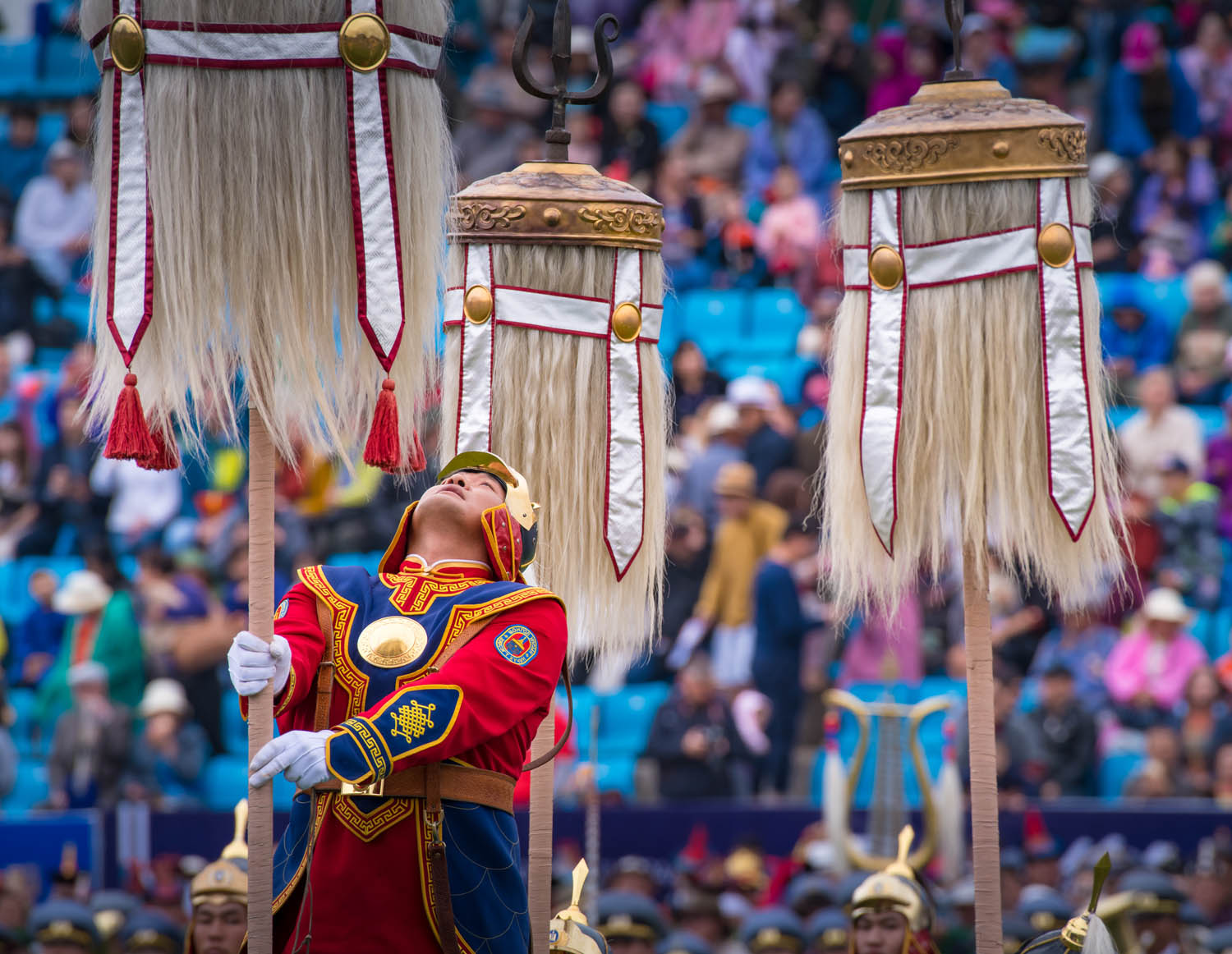
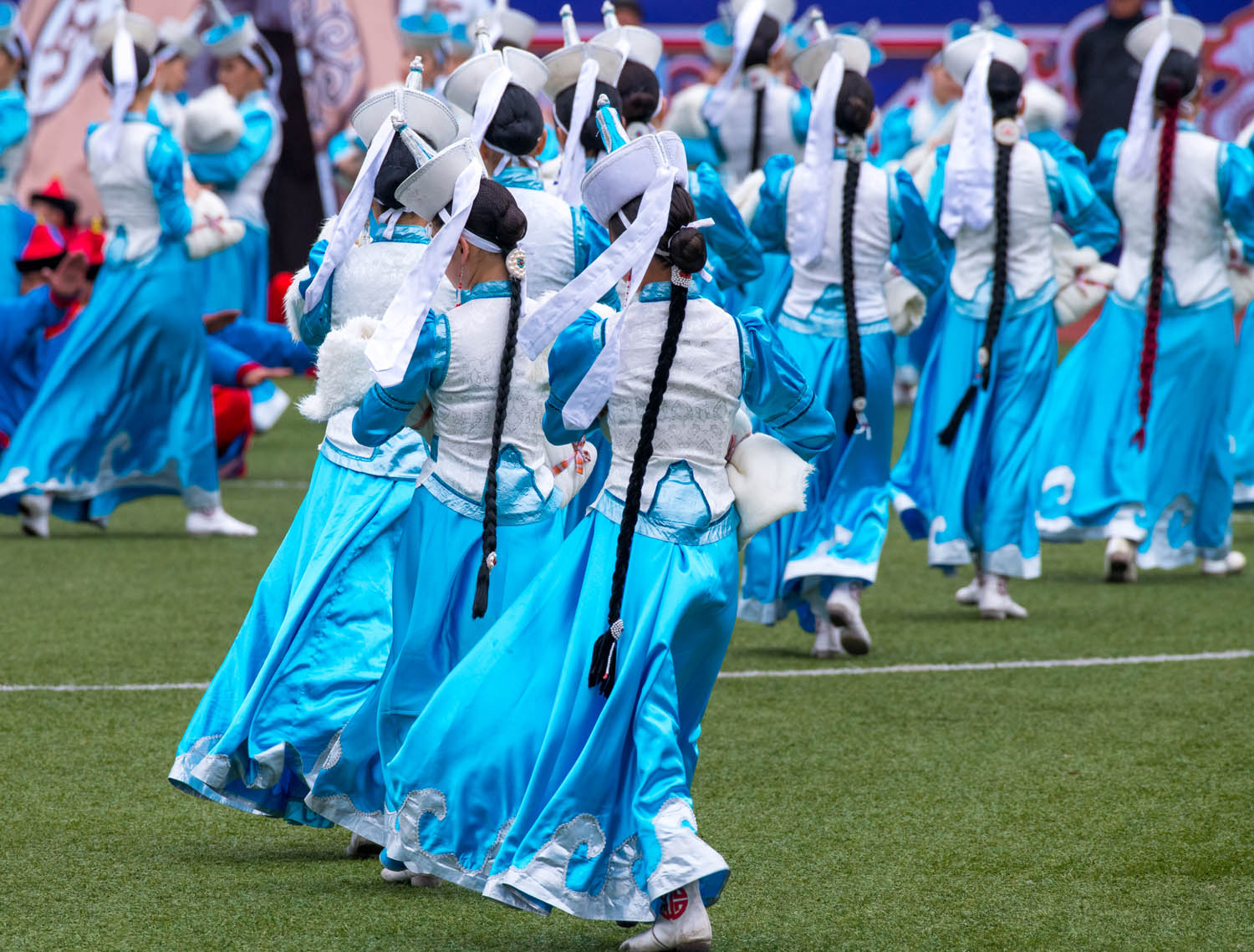
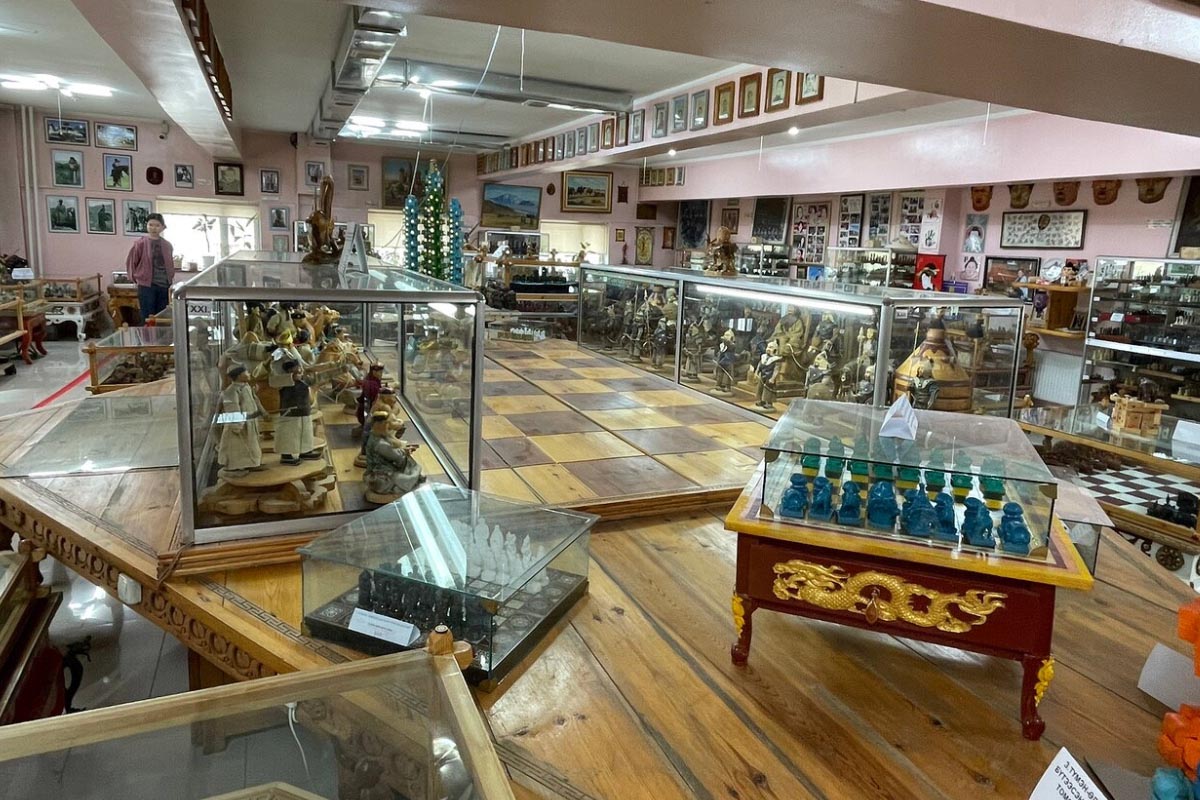
The museum displays over 11,000 pieces of intellectual property from 130 countries around the world. All items are sorted into 15 subcategories to create a friendly environment for visitors. Guides are available to all visitors along with explanations of the exhibits. It is an attractive and fun museum where you can not only look at it, but also assemble jigsaw puzzles, touch them, and challenge yourself.
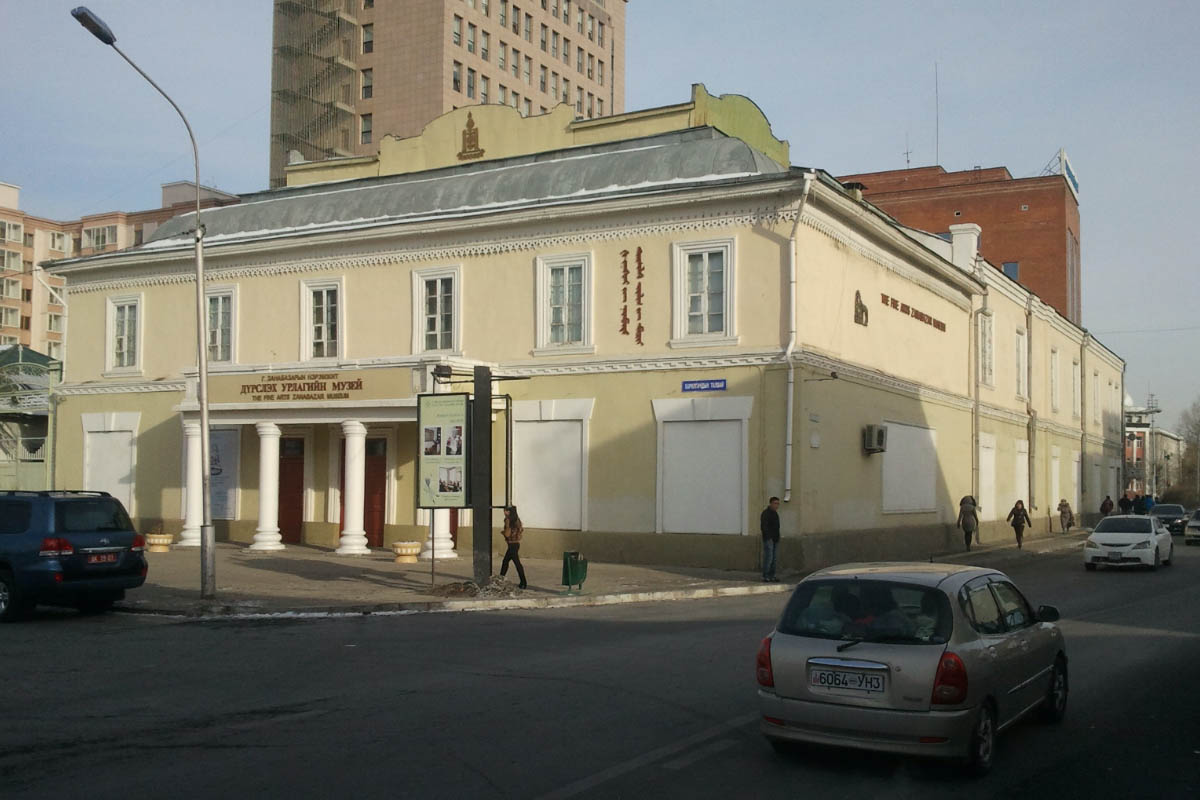
The Fine Arts Zanabazar Museum is an art museum located in Ulaanbaatar, capital of Mongolia, and founded in 1966. It exhibits collections of Mongolian masters of fine arts from the 18th to the 20th century and works in cooperation with the UNESCO for improving the presentation of its collections.The museum is named after the religious leader Zanabazar (1635-1723). The museum features figures of Buddha sculpted in bronzes by Zanabazar; a silver, gold and pearl mandala; traditional Mongol zurag paintings by famous Mongolian artists; a section on applique wall hangings and items of Mongolian ritual dances.
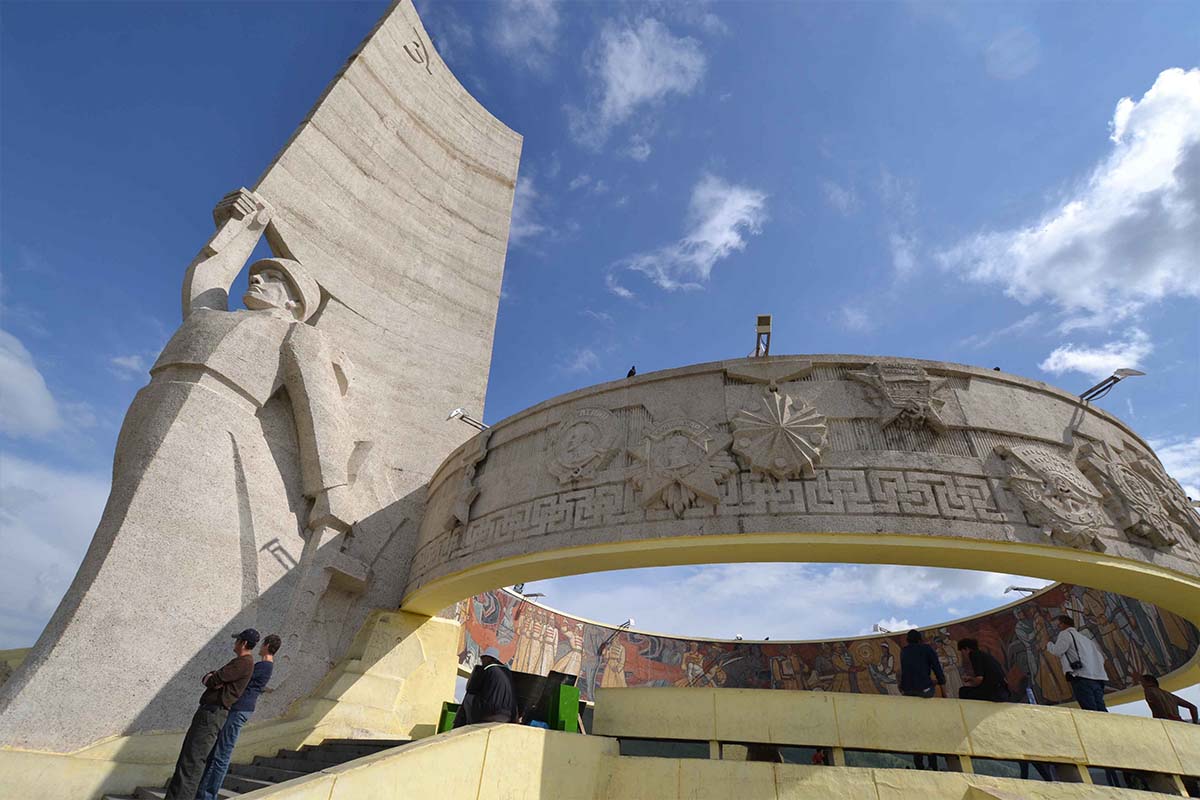
The Zaisan Memorial is located on a hill in the southern part of the city, the memorial features a circular memorial painting that depicts scenes of friendship between the people of the USSR and Mongolia. The memorial honors allied Mongolian and Soviet soldiers killed in World War II. The Zaisan Memorial Hill has a best view of the city and surrounding hills.

The Choijin Lama Temple is a Buddhist temple in the heart of Ulaanbaatar, the capital of Mongolia. The complex consists of six temples originally occupied by the brother of the ruler the 8th Bogd Jebtsundampa Khutughtu, Choijin Lama Luvsankhaidav, who was the state oracle and ‘Precious Wisdom and Clear Devotion’ Khutugtu at the time. The complex was begun in 1904 and completed in 1908. It has a fine collection of arts and religious relics, including tsam masks and costumes used in religious dances. It is known as one of the most beautiful monasteries in Mongolia.
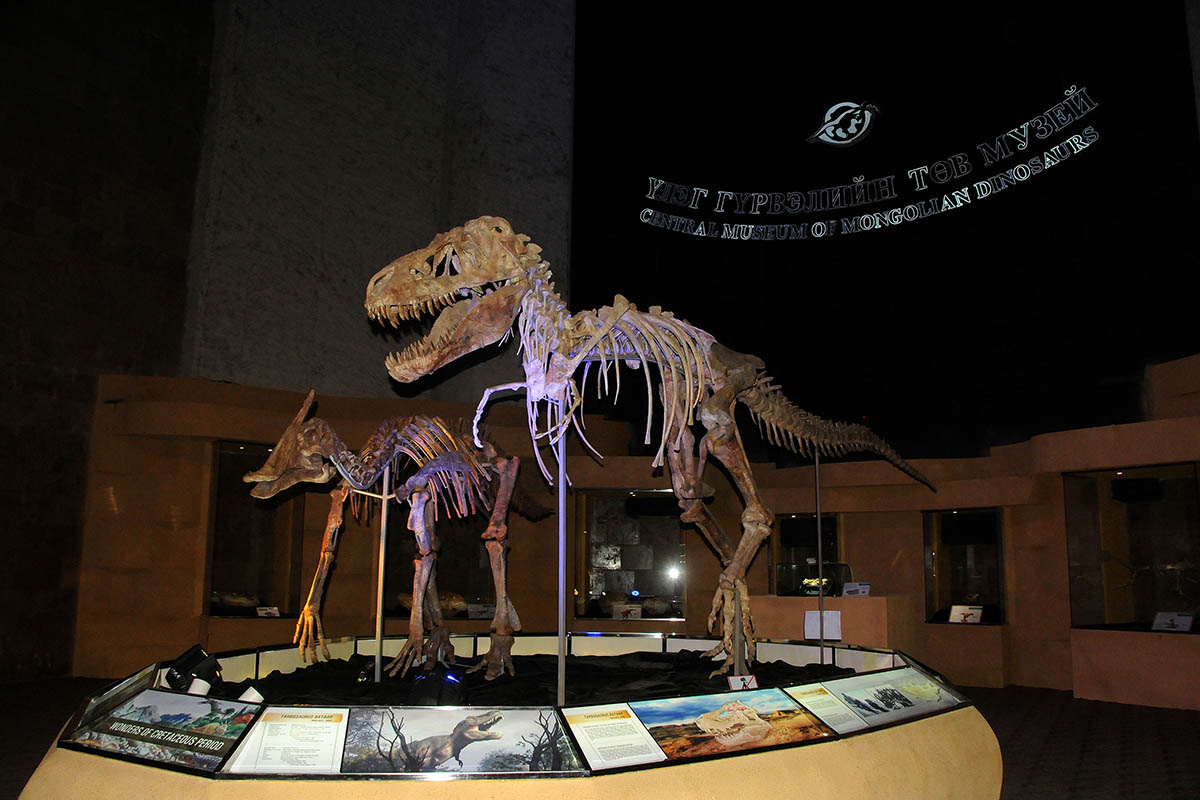
Central Museum of Dinosaurs of Mongolia was a paleontological museum in Chingeltei District, Ulaanbaatar. It was dedicated to the preservation and discovery of dinosaur fossils. In August 2019 the Dinosaur Museum was merged into the Natural History Museum, which now occupies the Dinosaur Museum’s former premises.
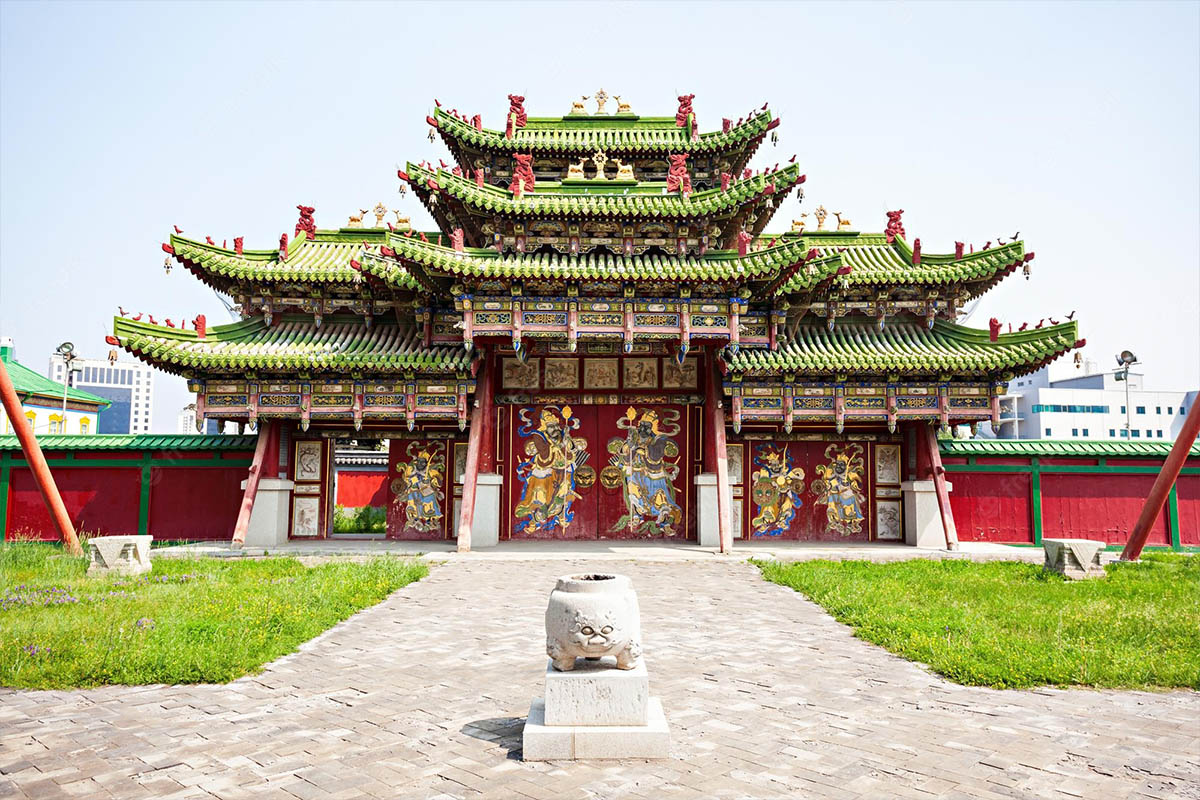
Bogd Khan Palace Museum, is a museum complex located in Ulaanbaatar, Mongolia. It was built between 1893 and 1903, the Green Palace of the 8th Jebtsundamba Khutughtu, who was later proclaimed Bogd Khan, or ruler of Mongolia. Alongside being the oldest museum, it is also considered as one with the biggest collection in Mongolia. The palace is the only one left from originally four residences of the Bogd Khan. Bogd Khaan The palace museum consists of seven Summer Prayer temples and the winter palace. The collections of the museum include unique and valuable objects related to Mongolia’s political, religious, and artistic history from the 17 to early 20-th centuries.

The Chinggis Khaan Museum & Cultural Center is a museum of Chinggis Khaan and a center for peace for Mongolia and the world. The museum places visitors in 13th century Mongolia to understand Chinggis Khaan, the Emporer and aristocracy. In addition to focusing on the person of Chinggis Khaan, the museum immerses visitors in the understanding of peace and culture of the past, current, and future Mongolia, including the culture of horses, religion, landscape, and military history. The Chinggis Khaan Museum is the world’s most extensive collection of Chinggis Khaan objects, research, and a “must-see” destination. In addition to the collection, the Museum includes interactive exhibits, immersive galleries, and cinematic experiences that are a once-in-a-lifetime opportunity.
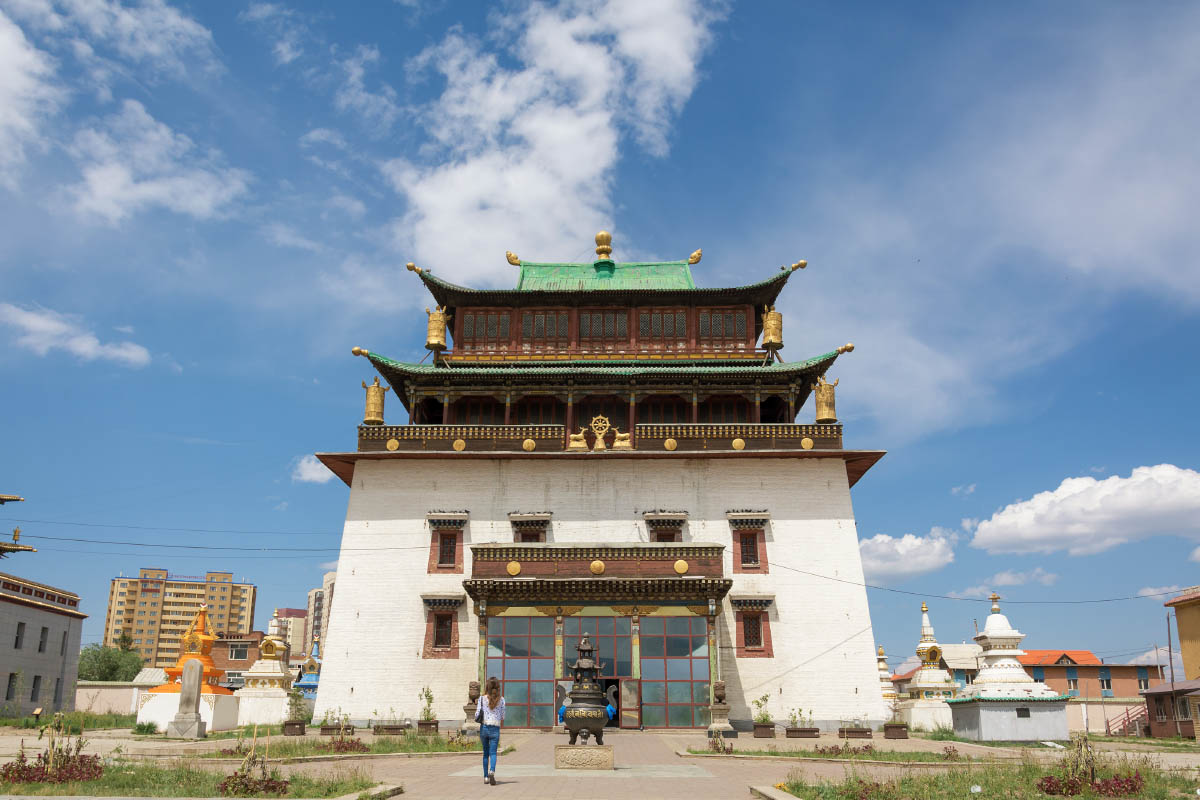
The Gandantegchinlen Monastery is a Mongolian Buddhist monastery in the Mongolian capital of Ulaanbaatar that has been restored and revitalized since 1990. The Tibetan name translates to the “Great Place of Complete Joy”. It currently has over 200 monks in residence. The Migjid Janraisig Temple is an important part of Gandan Monastery. The temple houses features a 26-meter-high majestic gilded statue of Migjid Janraisig.
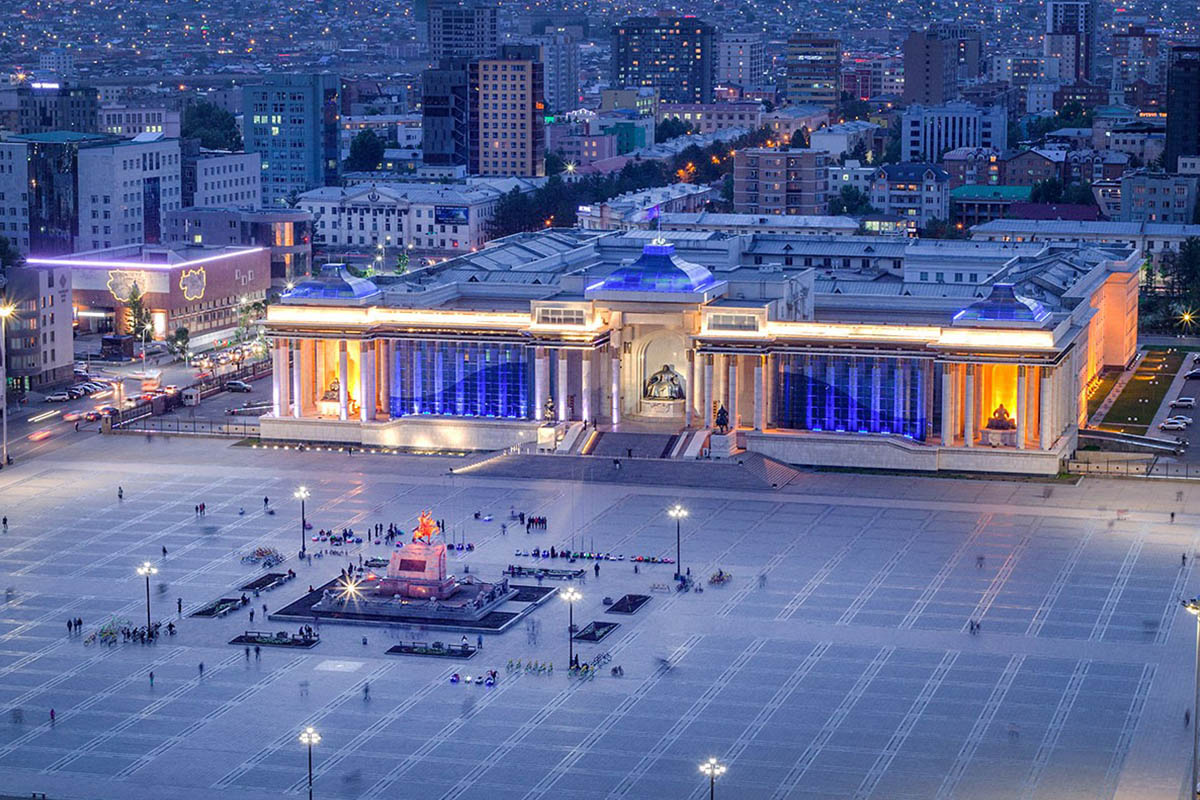
Sukhbaatar Square is the central square of Mongolia’s capital Ulaanbaatar. The square was named after Damdinii Sükhbaatar after his death in 1923. He was the revolutionary hero and declared Mongolia’s final independence from the Chinese. The center of the plaza features an equestrian statue of Damdinii Sukhbaatar, while a large monument dedicated to Cninggis Khaan and his four warriors in front of Parliament House.

